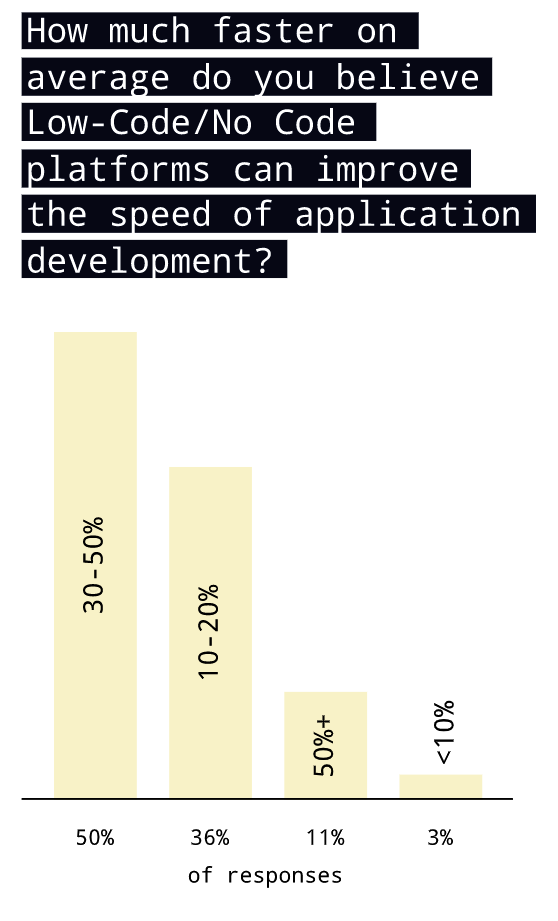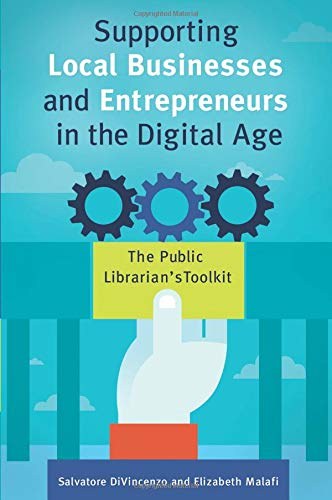Unlocking Growth: The Essential Guide to Loans for Small Businesses
Guide or Summary:Understanding Loans for Small BusinessesTypes of Loans for Small BusinessesThe Application Process for Loans for Small BusinessesBenefits o……
Guide or Summary:
- Understanding Loans for Small Businesses
- Types of Loans for Small Businesses
- The Application Process for Loans for Small Businesses
- Benefits of Loans for Small Businesses
- Challenges and Considerations
- Conclusion: The Future of Loans for Small Businesses
### Description:
Understanding Loans for Small Businesses
Loans for small businesses are crucial financial tools that empower entrepreneurs to start, maintain, and expand their ventures. These loans can provide the necessary capital for various needs, such as purchasing inventory, hiring employees, or investing in marketing strategies. The landscape of small business loans has evolved significantly, offering a plethora of options tailored to meet the diverse needs of different businesses.
Types of Loans for Small Businesses
There are several types of loans available for small businesses, each designed to cater to specific financial requirements. Traditional bank loans are often the first choice for many entrepreneurs, as they typically offer lower interest rates and longer repayment terms. However, they also come with stringent eligibility criteria and lengthy approval processes.
On the other hand, alternative financing options, such as peer-to-peer lending, microloans, and online lenders, have gained popularity due to their more accessible application processes and quicker funding times. These options often cater to startups and businesses with less-than-perfect credit histories, making them a viable choice for many small business owners.

The Application Process for Loans for Small Businesses
Applying for loans for small businesses can be a daunting task, but understanding the process can make it more manageable. Typically, the application involves several key steps:
1. **Preparation of Financial Documents**: Lenders will require various financial documents, including tax returns, profit and loss statements, and a detailed business plan. Having these documents ready can expedite the approval process.
2. **Credit Assessment**: Lenders will assess the creditworthiness of the business owner and the business itself. A good credit score can significantly enhance the chances of securing a loan at favorable terms.
3. **Loan Proposal**: Crafting a compelling loan proposal is essential. This document should outline how much funding is needed, how it will be used, and the anticipated return on investment.

4. **Submission and Review**: Once the application is submitted, lenders will review the documentation and may request additional information. This stage can take anywhere from a few days to several weeks, depending on the lender.
5. **Funding**: Upon approval, the funds will be disbursed, allowing the business owner to implement their plans.
Benefits of Loans for Small Businesses
The advantages of obtaining loans for small businesses are manifold. Firstly, they provide immediate access to capital, enabling entrepreneurs to seize growth opportunities that may otherwise be out of reach. Secondly, loans can help build a business's credit profile, paving the way for future financing options.
Moreover, loans can be tailored to fit the specific needs of a business. For instance, short-term loans may be ideal for quick funding needs, while long-term loans can support larger investments that require more time to yield returns.

Challenges and Considerations
While loans for small businesses can be beneficial, they also come with challenges. Business owners must carefully consider their ability to repay the loan, as failing to do so can lead to severe financial consequences. It's essential to evaluate the terms of the loan, including interest rates and repayment schedules, to ensure that they align with the business's cash flow.
Additionally, the current economic climate can impact the availability and terms of loans. Business owners should stay informed about market trends and be prepared to adapt their financing strategies accordingly.
Conclusion: The Future of Loans for Small Businesses
In conclusion, loans for small businesses remain a vital resource for entrepreneurs seeking to grow and thrive in a competitive market. By understanding the types of loans available, the application process, and the potential benefits and challenges, small business owners can make informed decisions that will set them on the path to success. As the financial landscape continues to evolve, staying abreast of new opportunities and adapting to changes will be crucial for the sustainability and growth of small businesses.